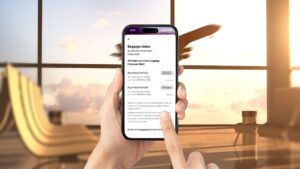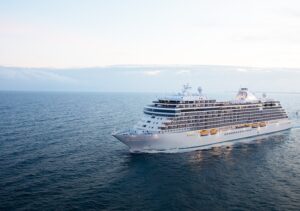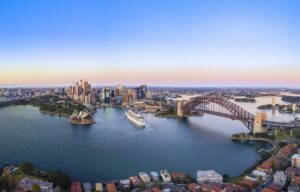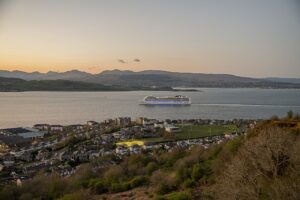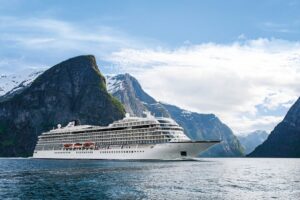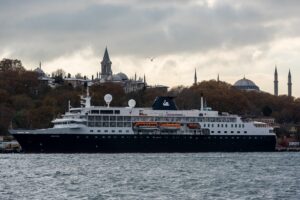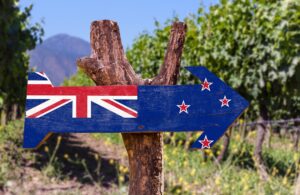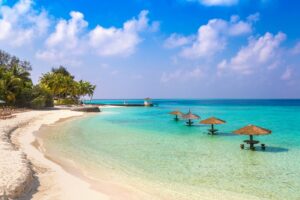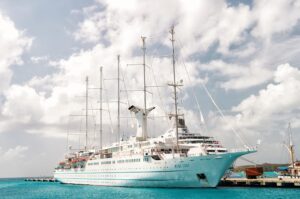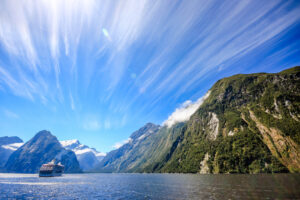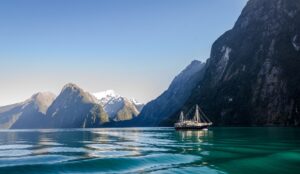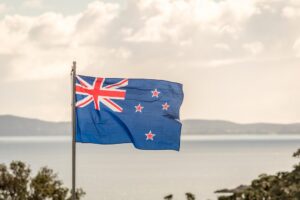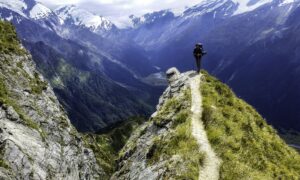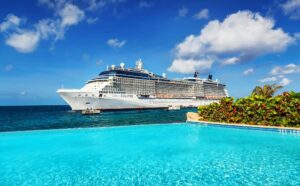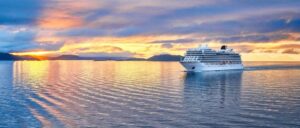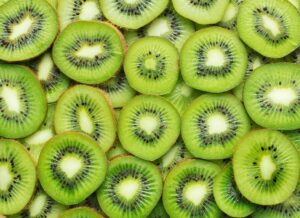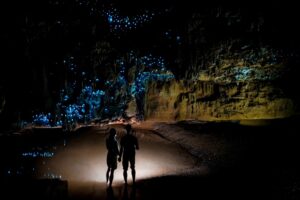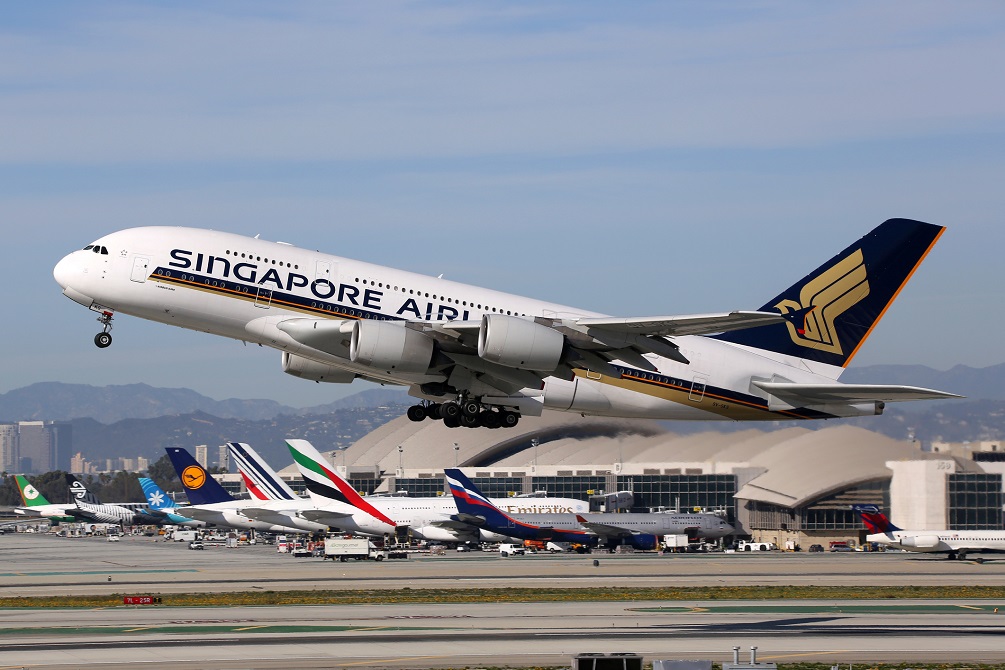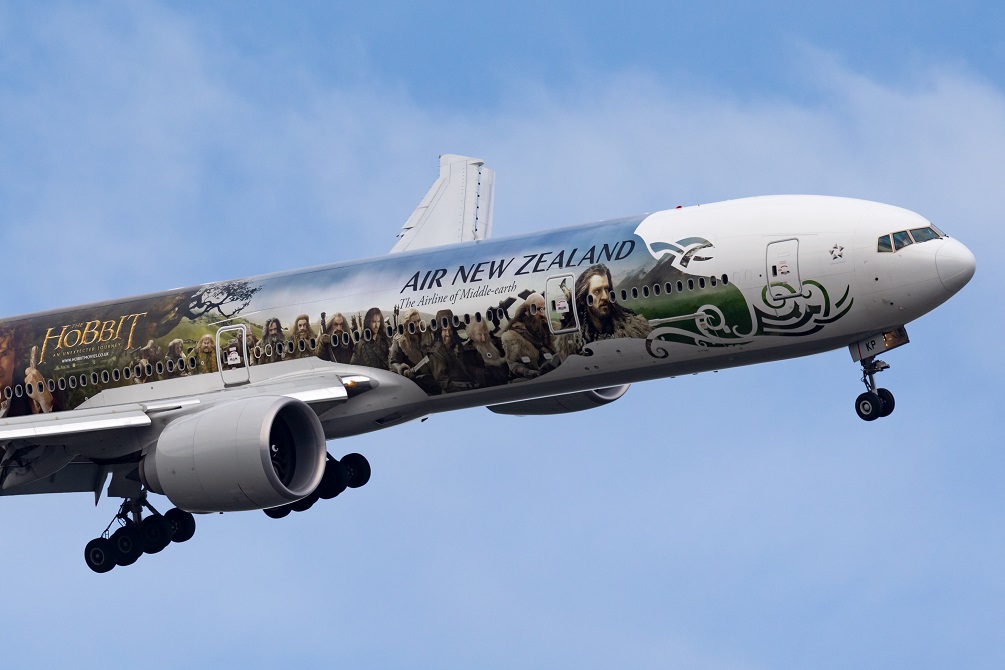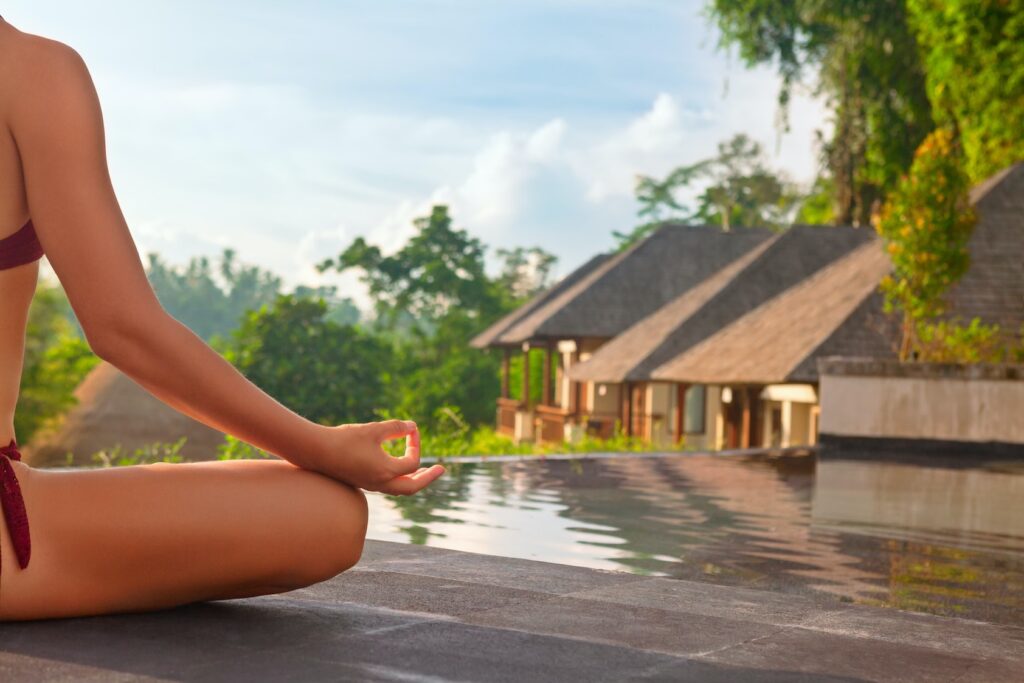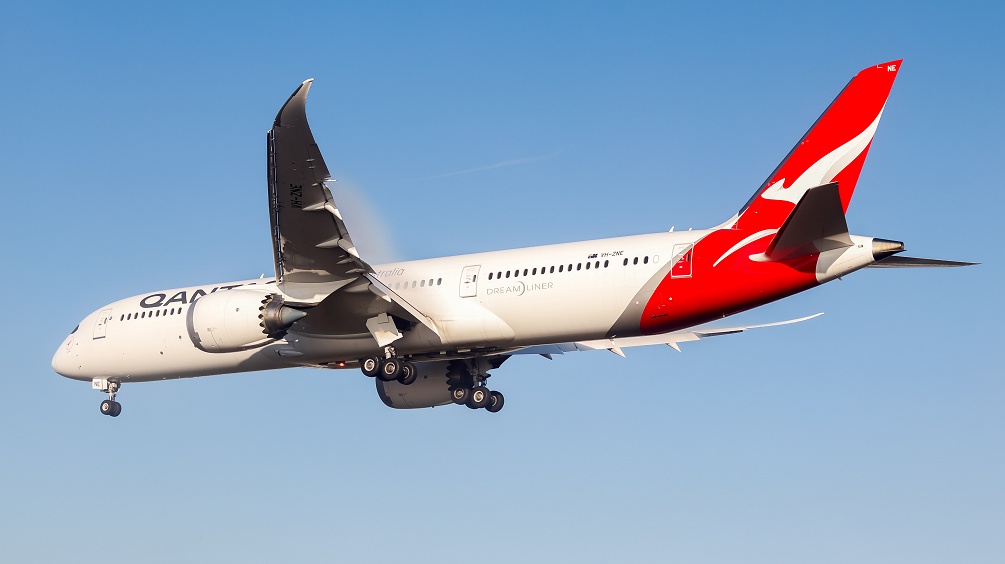New Zealand
Have you ever watched a great adventure movie and dreamt about being there with the protagonists to explore those wonderful lands?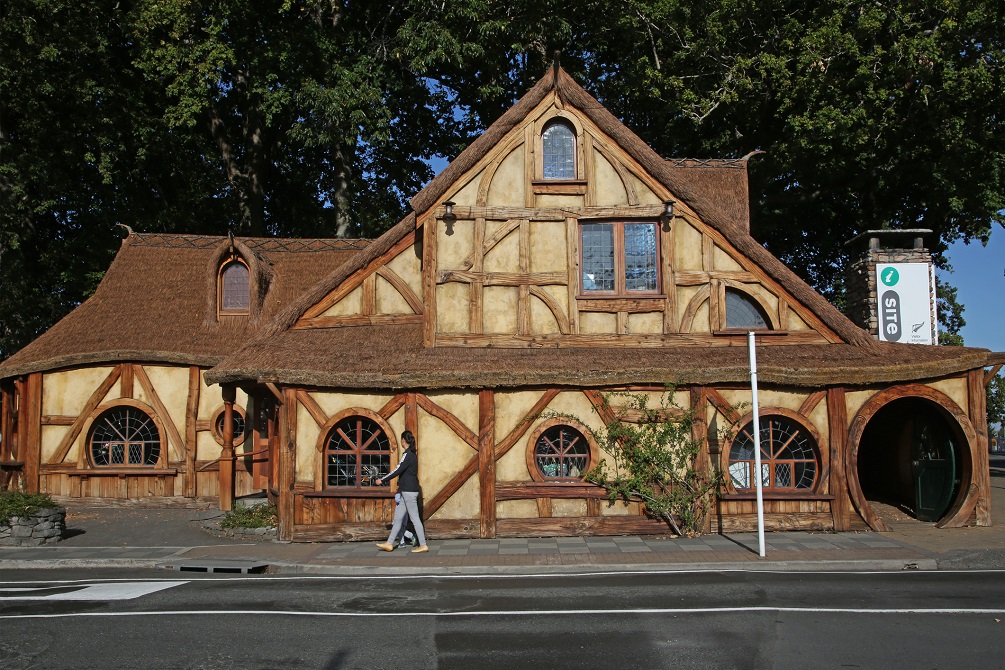
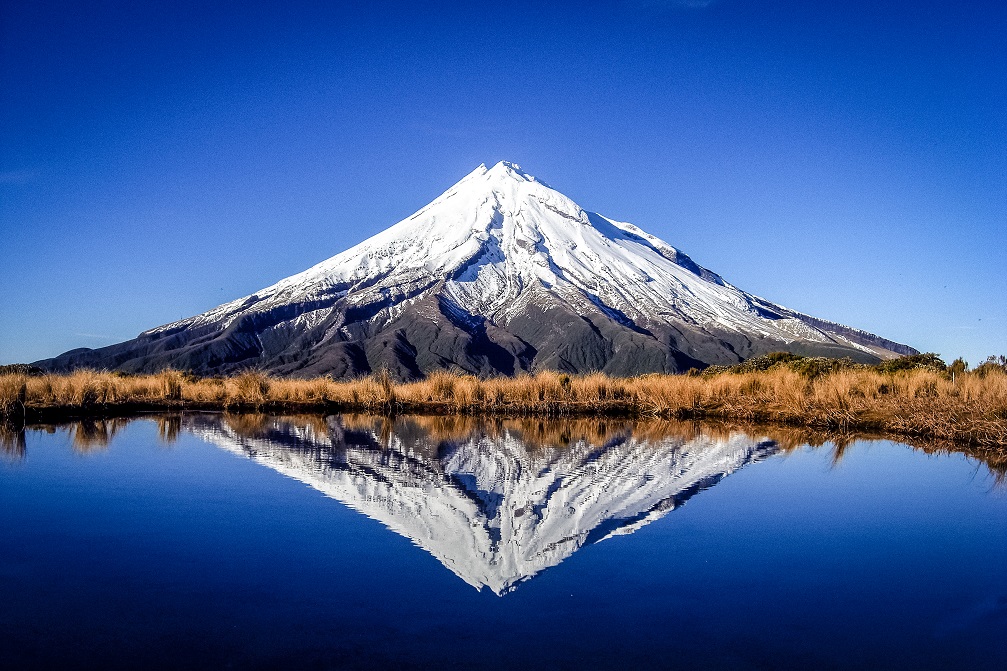


New Zealand is divided into two different islands simply called North Island, where three-quarters of the total population lives, and South Island. On the North Island, you will find the gorgeous Mount Taranaki and the famous Frying Pan Lake, a thermal lake full of steaming water! If you are here you cannot miss the Waitomo Glowworm Cave, a cave with a population of blue glowing worms that can only be found in New Zealand! The remaining part of the country, South Island, also has its natural wonders. Milford Sound is one of its most popular areas famous for its wonderful fjords and great waterfalls. Queenstown is another famous region mainly known for its gorgeous mountains. New Zealand is also home to approximately 80 volcanos and is, therefore, the perfect spot for a volcanic excursion!
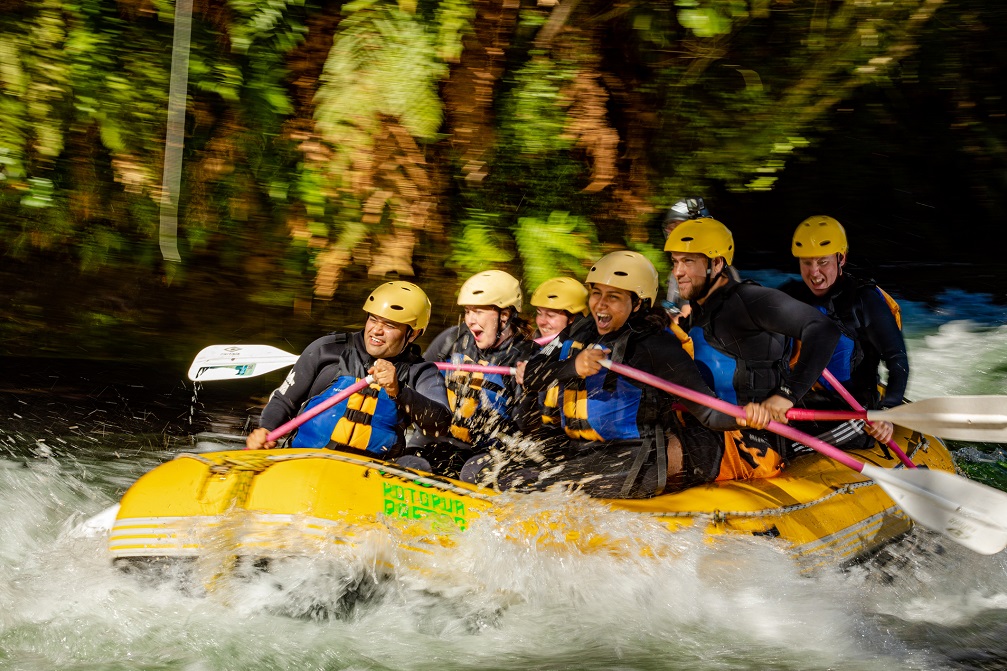


Kiwis frequently make jokes about the fact that in New Zealand you can experience all four seasons in one day, so be prepared! On the North Island, you will usually find subtropical weather, while some areas on the South Island can sometimes reach -10°C. However, on average, temperatures tend to be mild all year round. In general, the further south you go, the colder it gets. Lastly, we cannot forget that New Zealand is situated in the southern hemisphere and therefore seasons are reversed. But when is the best period to visit New Zealand? Most people visit the country during the summer, from December to February, when temperatures swing from 20 to 25°C. However, if you want to go during the low season, choose fall, from March to May. During this period, temperatures are between 17°C to 21°C and you won’t find too many tourists.
As said, New Zealand is famous for its crazy and unpredictable weather so smart layering is the only solution. Make sure to bring with you a light sweater and a rain jacket, especially at high altitudes. Remember that New Zealand is the perfect country where to experience some outdoors activities so don’t forget a good pair of trekking shoes and swimming gear! It’s always a smart idea to pack something to cover your head, such as a hat, as the sun can be very intense. In addition, don’t forget your sunscreen and sunglasses!
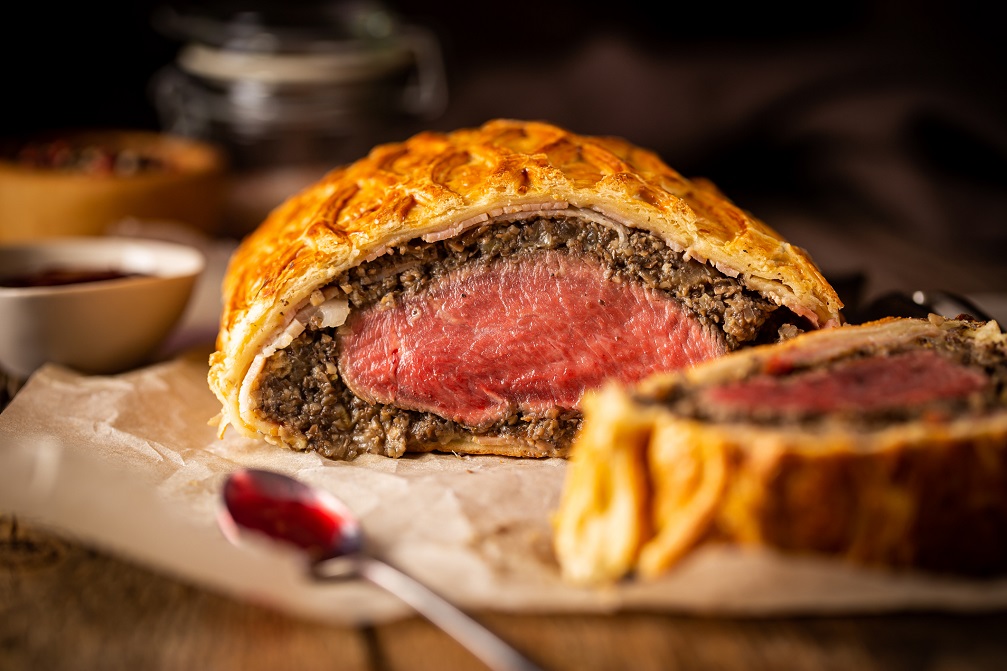


seafood is a must in New Zealand! You will find plenty of local species such as hoki, gurnard, hake, crayfish, hapuku and paua cooked in all sorts of ways, from steamed to fried and battered. If you’re not a big fan of fish you can try the typical roasted lamb, one of their many savoury meat pies or a kiwi style burger. If you like honey, don’t miss the strong flavour of manuka honey, a type of honey produced by the nectar of the manuka tree. For a complete Maori experience you cannot miss ‘hangi’ cooking, an indigenous cooking practice that consists of using heated rocks buried in a pit oven to warm up and cook meals. In the past, fish and kumara (a local type of sweet potato) used to be cooked with this method, but nowadays you will also be able to try cabbage, lamb, pork and pumpkin.
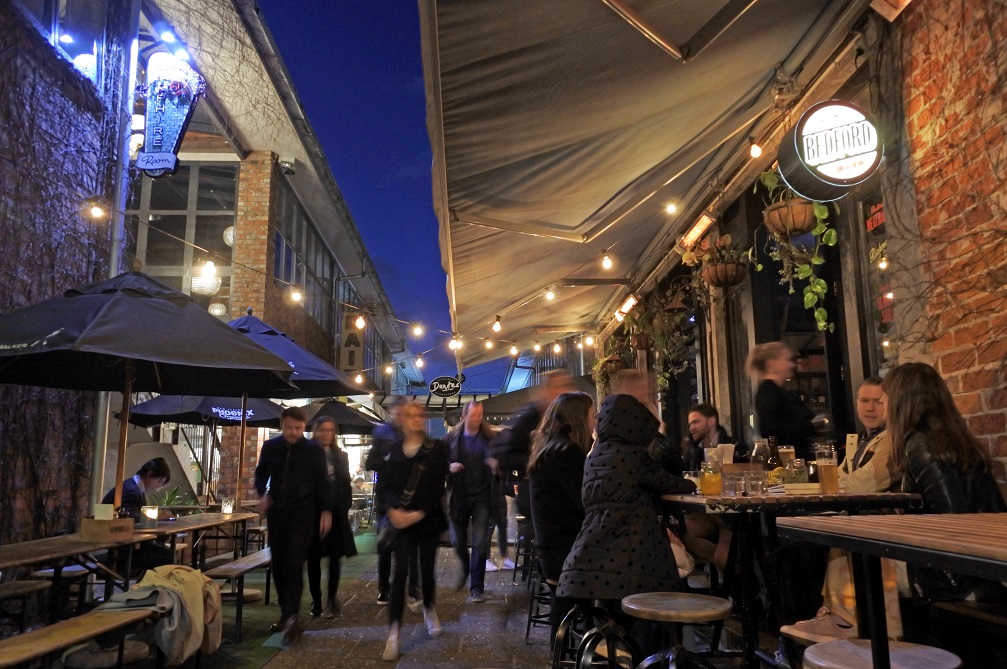


Kiwis tend to wear casual clothing for most occasions. Although some cafes and restaurants have a dress code, most of the time this tends to be smart casual. Men are rarely required to wear a suit and ties so don’t pack too much. As said, New Zealand is famous for its crazy and unpredictable weather so smart layering is the only solution. Make sure to bring with you a light sweater and a rain jacket, especially at high altitudes. Remember that New Zealand is the perfect country where to experience some outdoor activities so don’t forget a good pair of trekking shoes and swimming gear! It’s always a smart idea to pack something to cover your head, such as a hat, as the sun can be very intense. In addition, don’t forget your sunscreen and sunglasses!
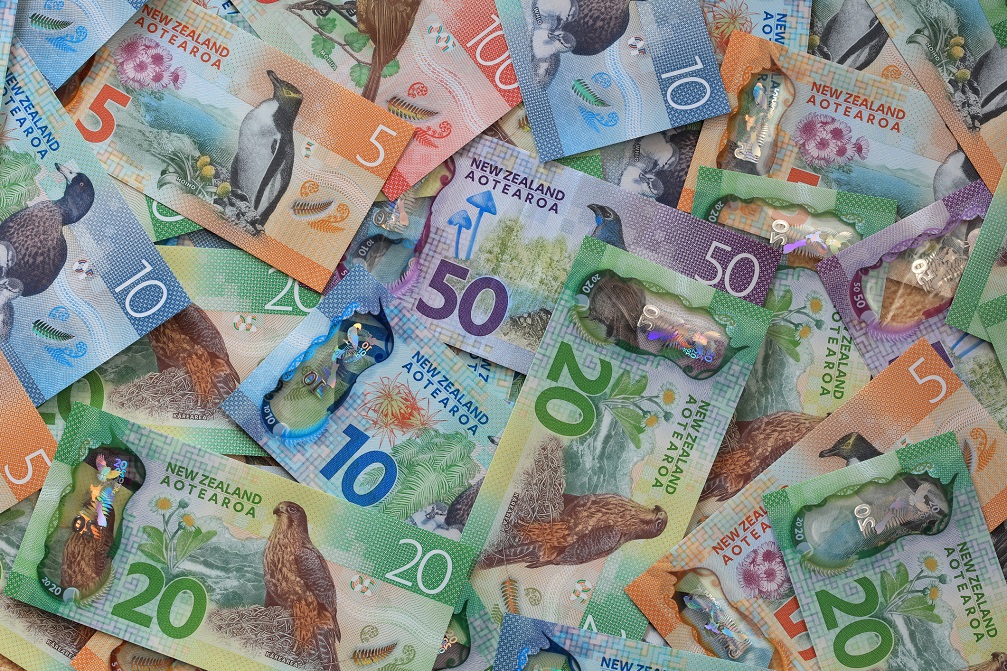


The currency of New Zealand is the New Zealand dollar approximately 0.52 pounds. Prices are quite expensive and can be compared to European ones. For instance, a night in a hostel will cost you around 18.00 to 25.00 pounds, while a double room in a hotel is around 50 to 90 pounds per night. If you want to travel on a budget, you can easily find camping sites for around 10 pounds. Food prices are also close to European ones, a coffee will cost you around 2.50 pounds, breakfast is around 4.00 and a whole meal ranges from 8.00 to 16.00 pounds. A smart way of saving some money is to go off-season when prices tend to be lower.
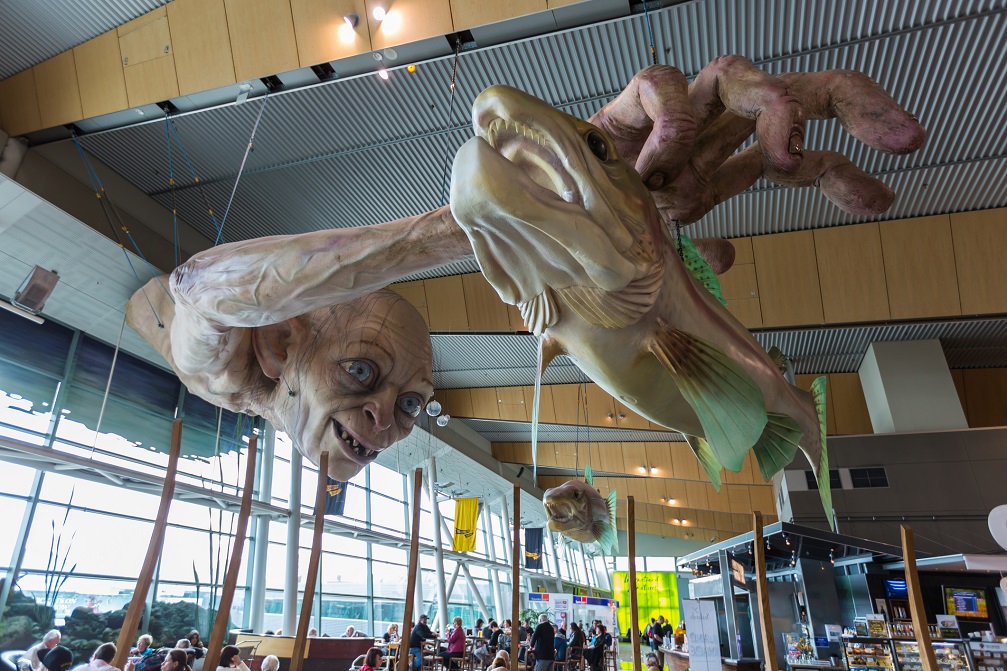


In regard to languages, English is the main one spoken on both islands. However, some indigenous people, especially on the North Island, still speak Maori. A little curiosity: New Zealand was the first country that adopted sign language as an official language leading the way for many other countries.
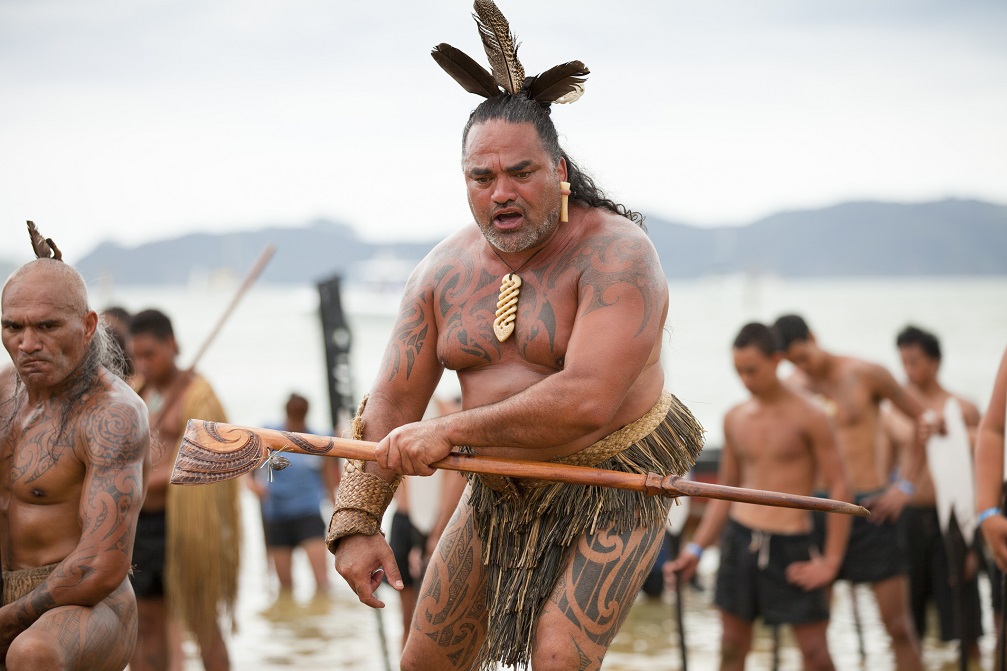


New Zealanders are pretty casual, easy-going, and friendly. They don’t like confrontation and have a hard time saying ‘no’ so try your best not to put them in this position. They love sports and they have one of the best rugby teams in the world. For them, Rugby is not just a sport but a lifestyle so make sure to watch a match during your stay! Of course, when talking about New Zealand’s culture we cannot forget the Haka dance. Haka is the traditional Maori war dance, even though nowadays it’s performed on all sorts of occasions from marriages to birthday parties and funerals. Everyone knows one form of it and it’s performed by both men and women.
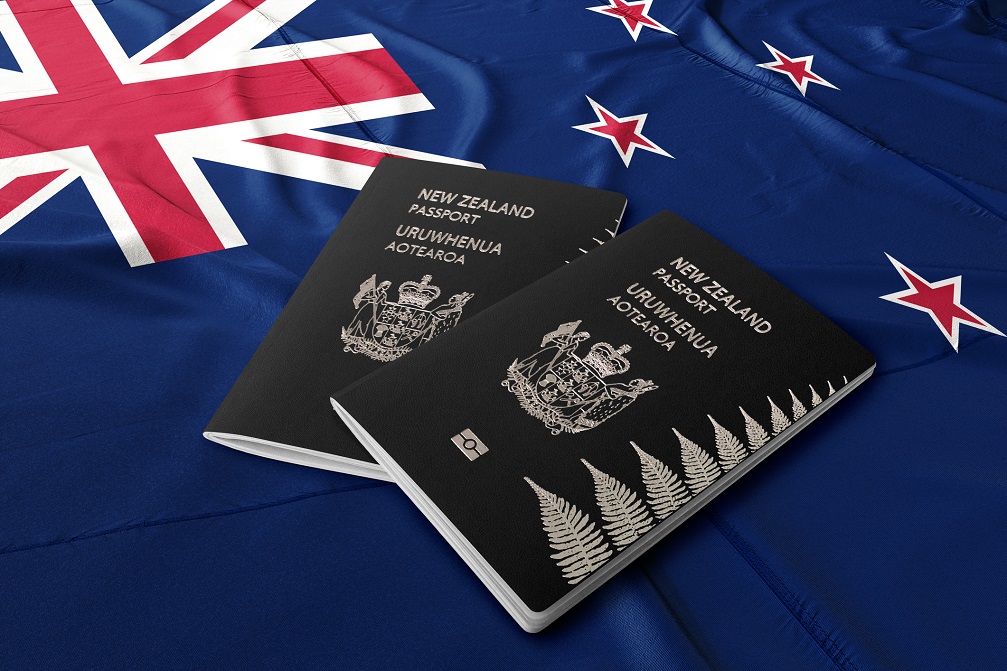


As a UK citizen, you won’t need a Visa to visit New Zealand, however, you will have to apply for a New Zealand Electronic Travel Authority (NZeTA). The whole process is going to cost you around 25.00 pounds and will take at least three days. Once arrived in New Zealand you will also have to satisfy the different Immigration Officer’ requirements to enter the country without a Visa, such as having a return flight ticket and proof that you have enough money for your stay. Remember that your passport needs to have at least three months validity after the date of exit from New Zealand.
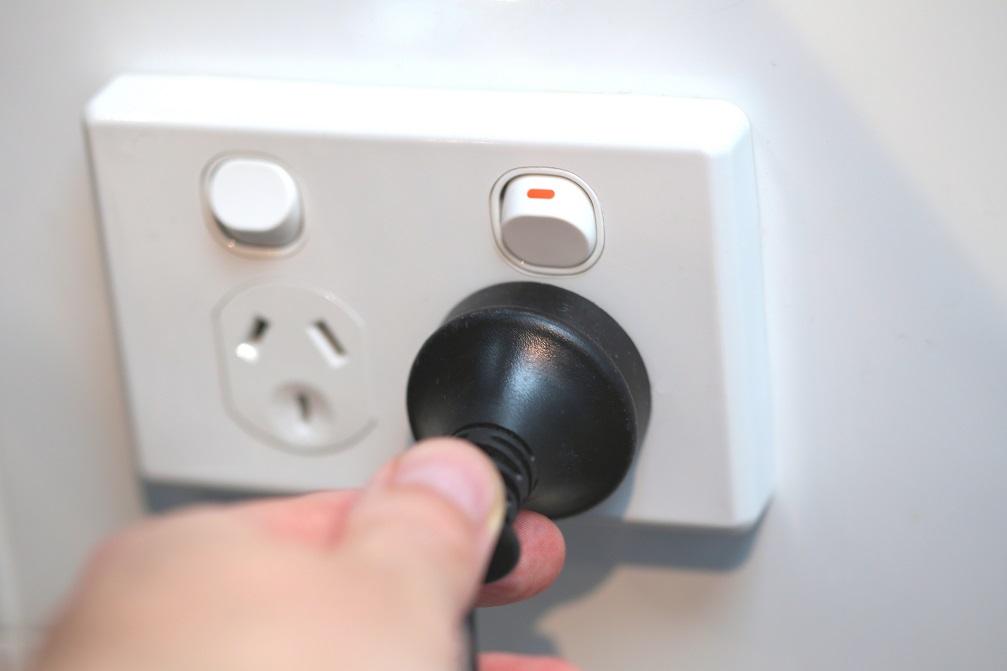


Now you’re ready to pack! But remember, Kiwis use the type I plug outlet for their electronic devices, so make sure to buy an adapter to avoid a mental crisis in the middle of your trip!






New Zealand is divided into two different islands simply called North Island, where three-quarters of the total population lives, and South Island. On the North Island, you will find the gorgeous Mount Taranaki and the famous Frying Pan Lake, a thermal lake full of steaming water! If you are here you cannot miss the Waitomo Glowworm Cave, a cave with a population of blue glowing worms that can only be found in New Zealand! The remaining part of the country, South Island, also has its natural wonders. Milford Sound is one of its most popular areas famous for its wonderful fjords and great waterfalls. Queenstown is another famous region mainly known for its gorgeous mountains. New Zealand is also home to approximately 80 volcanos and is, therefore, the perfect spot for a volcanic excursion!



Kiwis frequently make jokes about the fact that in New Zealand you can experience all four seasons in one day, so be prepared! On the North Island, you will usually find subtropical weather, while some areas on the South Island can sometimes reach -10°C. However, on average, temperatures tend to be mild all year round. In general, the further south you go, the colder it gets. Lastly, we cannot forget that New Zealand is situated in the southern hemisphere and therefore seasons are reversed. But when is the best period to visit New Zealand? Most people visit the country during the summer, from December to February, when temperatures swing from 20 to 25°C. However, if you want to go during the low season, choose fall, from March to May. During this period, temperatures are between 17°C to 21°C and you won’t find too many tourists.
As said, New Zealand is famous for its crazy and unpredictable weather so smart layering is the only solution. Make sure to bring with you a light sweater and a rain jacket, especially at high altitudes. Remember that New Zealand is the perfect country where to experience some outdoors activities so don’t forget a good pair of trekking shoes and swimming gear! It’s always a smart idea to pack something to cover your head, such as a hat, as the sun can be very intense. In addition, don’t forget your sunscreen and sunglasses!



seafood is a must in New Zealand! You will find plenty of local species such as hoki, gurnard, hake, crayfish, hapuku and paua cooked in all sorts of ways, from steamed to fried and battered. If you’re not a big fan of fish you can try the typical roasted lamb, one of their many savoury meat pies or a kiwi style burger. If you like honey, don’t miss the strong flavour of manuka honey, a type of honey produced by the nectar of the manuka tree. For a complete Maori experience you cannot miss ‘hangi’ cooking, an indigenous cooking practice that consists of using heated rocks buried in a pit oven to warm up and cook meals. In the past, fish and kumara (a local type of sweet potato) used to be cooked with this method, but nowadays you will also be able to try cabbage, lamb, pork and pumpkin.



Kiwis tend to wear casual clothing for most occasions. Although some cafes and restaurants have a dress code, most of the time this tends to be smart casual. Men are rarely required to wear a suit and ties so don’t pack too much. As said, New Zealand is famous for its crazy and unpredictable weather so smart layering is the only solution. Make sure to bring with you a light sweater and a rain jacket, especially at high altitudes. Remember that New Zealand is the perfect country where to experience some outdoor activities so don’t forget a good pair of trekking shoes and swimming gear! It’s always a smart idea to pack something to cover your head, such as a hat, as the sun can be very intense. In addition, don’t forget your sunscreen and sunglasses!



The currency of New Zealand is the New Zealand dollar approximately 0.52 pounds. Prices are quite expensive and can be compared to European ones. For instance, a night in a hostel will cost you around 18.00 to 25.00 pounds, while a double room in a hotel is around 50 to 90 pounds per night. If you want to travel on a budget, you can easily find camping sites for around 10 pounds. Food prices are also close to European ones, a coffee will cost you around 2.50 pounds, breakfast is around 4.00 and a whole meal ranges from 8.00 to 16.00 pounds. A smart way of saving some money is to go off-season when prices tend to be lower.



In regard to languages, English is the main one spoken on both islands. However, some indigenous people, especially on the North Island, still speak Maori. A little curiosity: New Zealand was the first country that adopted sign language as an official language leading the way for many other countries.



New Zealanders are pretty casual, easy-going, and friendly. They don’t like confrontation and have a hard time saying ‘no’ so try your best not to put them in this position. They love sports and they have one of the best rugby teams in the world. For them, Rugby is not just a sport but a lifestyle so make sure to watch a match during your stay! Of course, when talking about New Zealand’s culture we cannot forget the Haka dance. Haka is the traditional Maori war dance, even though nowadays it’s performed on all sorts of occasions from marriages to birthday parties and funerals. Everyone knows one form of it and it’s performed by both men and women.



As a UK citizen, you won’t need a Visa to visit New Zealand, however, you will have to apply for a New Zealand Electronic Travel Authority (NZeTA). The whole process is going to cost you around 25.00 pounds and will take at least three days. Once arrived in New Zealand you will also have to satisfy the different Immigration Officer’ requirements to enter the country without a Visa, such as having a return flight ticket and proof that you have enough money for your stay. Remember that your passport needs to have at least three months validity after the date of exit from New Zealand.



Now you’re ready to pack! But remember, Kiwis use the type I plug outlet for their electronic devices, so make sure to buy an adapter to avoid a mental crisis in the middle of your trip!
Travel related news, information and inspirational articles and videos for travellers booking flights or holidays to New Zealand. Ask questions about travel in New Zealand and get answers from New Zealand experts
NEWS
16th February 2023
13th January 2023
8th December 2022
26th August 2022
1st July 2022
15th October 2021
15th October 2021
24th October 2022
13th September 2022
20th August 2022
1st August 2022
17th June 2022
17th March 2022
3rd February 2022
16th February 2023
13th January 2023
8th December 2022
24th October 2022
20th August 2022
1st August 2022
24th October 2022
13th September 2022
26th August 2022
17th June 2022
17th March 2022
24th October 2022
1st August 2022
17th June 2022
17th March 2022
3rd February 2022
24th October 2022
13th September 2022
20th August 2022
1st August 2022
17th June 2022
17th March 2022
3rd February 2022
1st July 2022
24th October 2022
24th October 2022
13th September 2022
26th August 2022
1st August 2022
17th June 2022
16th May 2022
Inspiration, Information and Travel Guides
29th March 2023
15min. read
20th February 2023
6min. read
4th March 2022
7min. read
21st December 2021
8min. read
3rd November 2021
7min. read
11th August 2021
7min. read
2nd August 2021
6min. read
2nd March 2021
7min. read
3rd November 2021
7min. read
21st December 2021
8min. read
20th February 2023
6min. read
21st December 2021
8min. read
21st December 2021
8min. read
3rd November 2021
7min. read
29th March 2023
15min. read
20th February 2023
6min. read
4th March 2022
7min. read
21st December 2021
8min. read
3rd November 2021
7min. read
21st December 2021
8min. read
20th February 2023
6min. read
11th August 2021
7min. read
4th March 2022
7min. read
21st December 2021
8min. read
2nd March 2021
7min. read
29th March 2023
15min. read
21st December 2021
8min. read
2nd March 2021
7min. read
2nd August 2021
6min. read
2nd March 2021
7min. read
21st December 2021
8min. read
2nd August 2021
6min. read
MEET THE New Zealand EXPERTS
If you are looking to book a holiday to New Zealand or needs some help and advice planning travel to New Zealand then contact one of the UK based independent travel agents that specialise in New Zealand itineraries.
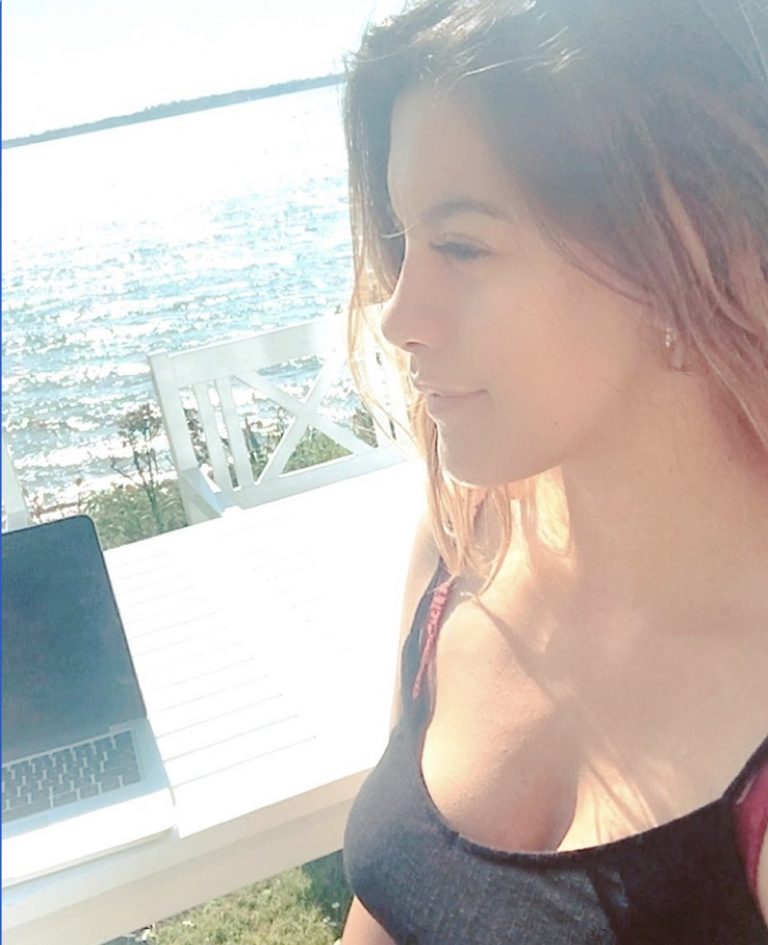

Olivia Pon
Northwood, Middlesex
Liv& Travel
0203 515 0295
info@livand.travel
Specialist Area:
Action & Adventure, Beaches, Cruise, Luxury, Yachts & Sailing, Private Aviation, Weddings and Honeymoon, Spa & Wellness, Safari, Diving and Snorkeling, All Inclusive
FEATURED VIDEOS
No Featured Videos Found.
Your Travel Questions Answered
Ask any travel related question and get an answer from one of our experts that will provide you with an answer from their personal experience
There is no question for this category.
EVENTS IN THE New Zealand
Modal title
SIGN UP FOR OUR MAILING LIST
Enter your email address and receive daily or weekly updates with the latest articles, news and videos.Copyright © 2021 Experienced Travellers Ltd. Experienced Travellers Ltd is not responsible for the content of external sites. Read about our approach external linking.


